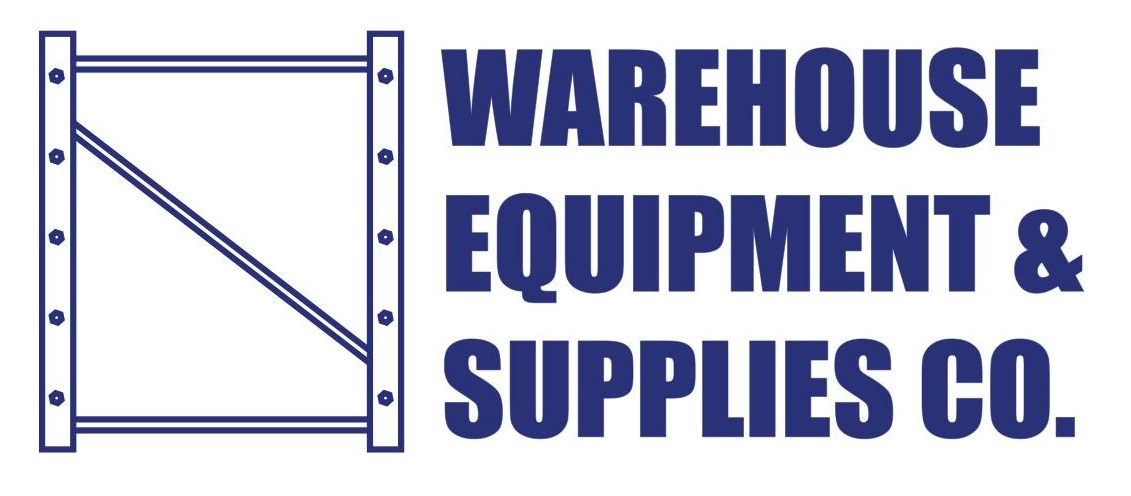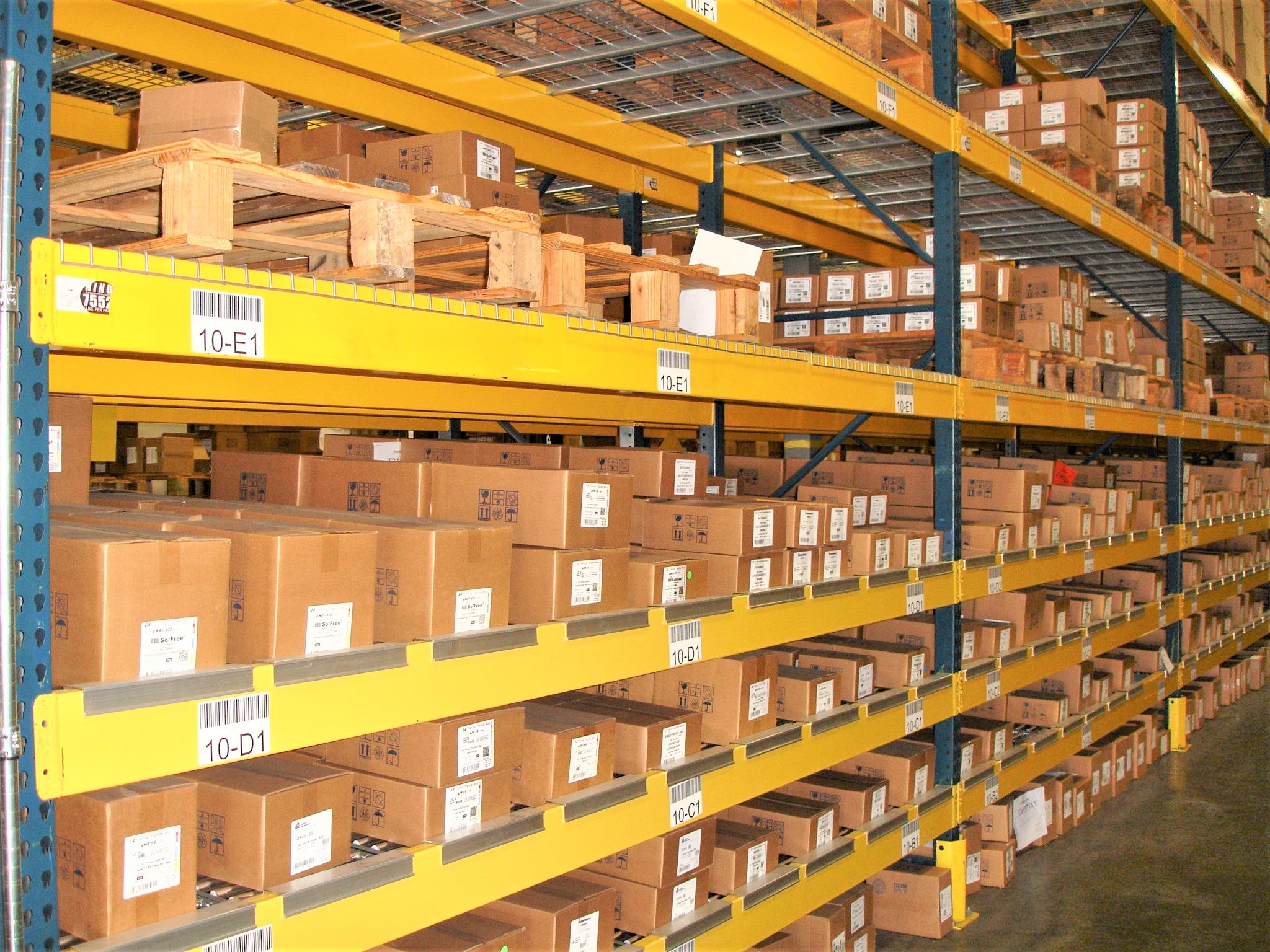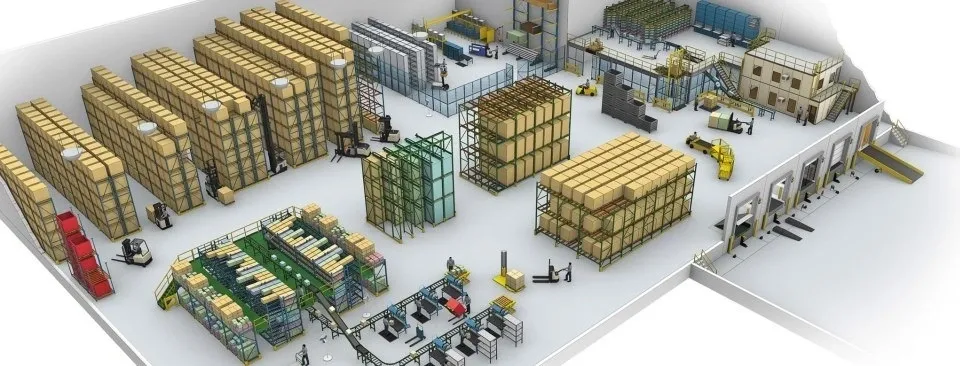Are you being efficient with your warehouse space? Many clients who want a new warehouse, new warehouse design or want to expand come to us when they start feeling cramped.
However, most people quickly realize that when utilizing the space correctly, there actually is plenty of room!
Whether you are thinking about moving spaces, adding on or just want to learn how to better utilize the space you have, we can create a warehouse plan and calculate warehouse space utilization for you…
Review daily warehouse operations
When forming a new warehouse plan the first thing we do is start with what you have. We will gather information and observe daily operations to assess the current workflow. This could mean looking at what handling equipment you use, aisle width needs, type of lift trucks you use and so forth.
Set goals
We will then discuss your storage needs and growth goals for your warehouse or warehouse reorganization. We will determine a plan to help you organize your current inventory and be sure you have room to take on new inventory if necessary.
Calculate warehouse space utilization
Finally, we will calculate warehouse space utilization. Often, it’s straightforward when it comes to machinery and production, but when it comes to storage, we will need to look at how many units (pallets and SKU’s) that need to be accommodated. We try to stay away from focusing on just the square footage number because this can be inaccurate based on needs and things like pallet positions, pick faces, SKU’s, etc.
Calculating warehouse space utilization is simple math started by taking the total size of the warehouse. Then subtracting spaces used for offices, restrooms, etc.
For example, if you are renting a warehouse that is 70,000 sf and 5,000 sf of that is used for offices, then you have 65,000 sf of usable warehouse space. Multiply 65,000 sf by the warehouse space clear height to determine its storage capacity in cubic feet. If the space has a clear height of 25 feet, then its storage capacity or cube size will be 1,625,000 cubic feet.
To determine warehouse space utilization, you will need to know inventory and cube size. You can do this by adding the volume of all products stored and divide it by the total warehouse space capacity.
These are just a few calculations we will run for you to help establish an effective and smart warehouse space plan.
Contact us today for more information at (888) 850-RACK (7225) or email us at [email protected].





